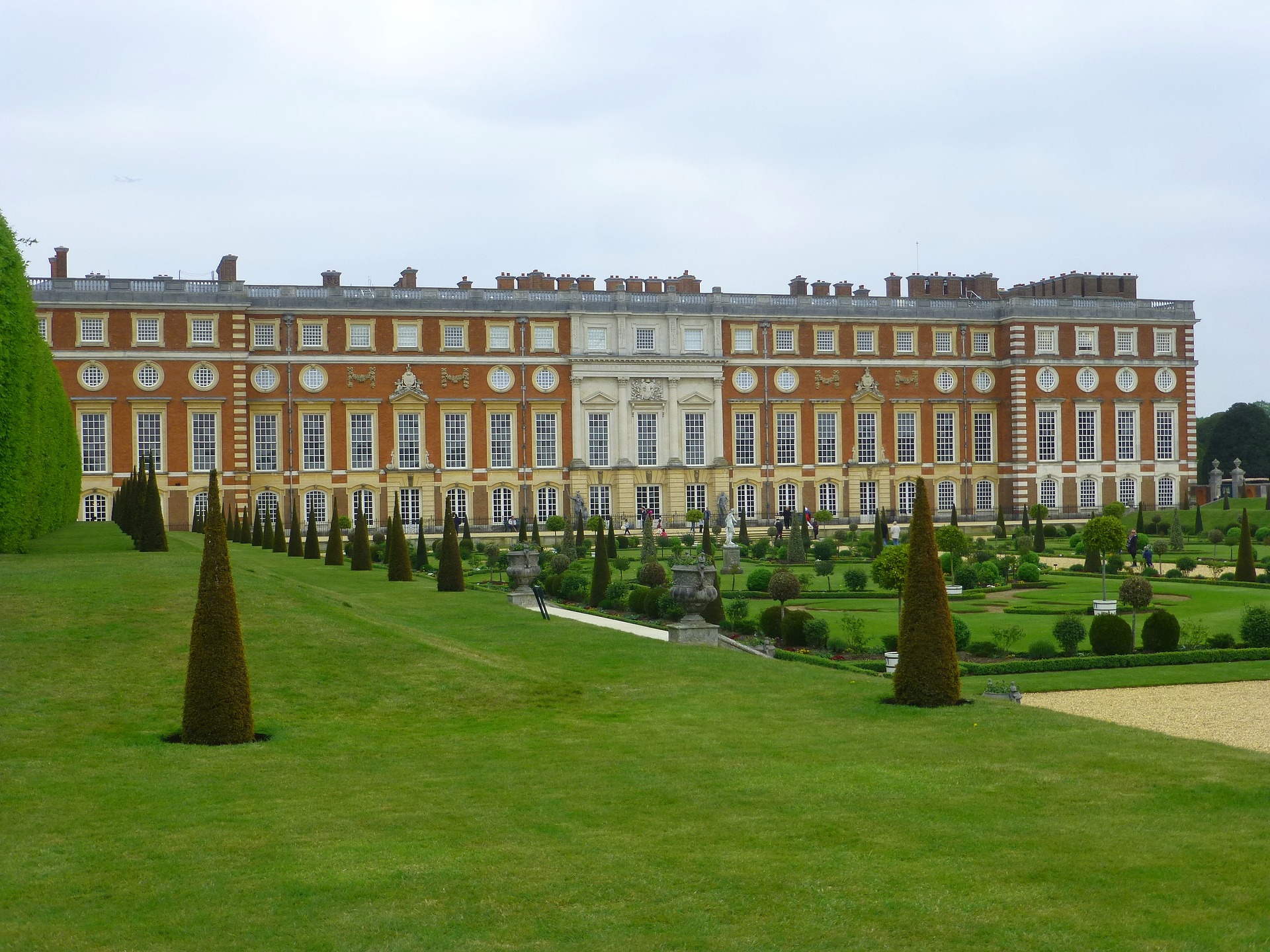
“More” Tribulations of the Self: I Fashioneth, I Taketh Away

Stephen Greenblatt’s chapter “At the Table of the Great: More’s Self-fashioning and Self-cancellation,” in Renaissance Self-fashioning: From More to Shakespeare, posits that Thomas More’s self-formation preceded his self-cancellation—aka, persecution and martyrdom. Martyrdom implies a choice—conform/obey to the “right” (in this case, new) beliefs or suffer persecution and die. It implies a conflict of selves, a conflict of beliefs that constitute the self—Catholic/Protestant, against/for Reformation and for the King’s new marriage; which, if one stood in opposition to, was opposing the king’s very promulgation of his own sense of self quite literally, in the form of his ability to produce a male heir through his new wife (wives).
In my interpretation of More’s dramatic charade—before, during and in the wake of favor by the tumultuous Henry VIII in his dysfunctional court system—it is the very creation of himself, and the rigidity that it entailed, that propped him up against Henry VIII, once the monarch’s emotional, entitled tides had changed. If Henry VIII’s beliefs changed to suit his own personal needs and sense/promulgation of himself, More’s beliefs stood rigidly in opposition allowing the king’s tumultuous storm of emotions and drama to crash down on him. Did he see himself as part of the seawall, a bulwark of Catholicism? To be successful in any court system, with any prince, in the presence of near-absolute power/authority as vested in him by (1) God and (2) the Church—and if not the church, Henry VIII and hundreds of years post Reformation showed, surely at least “God.” More, and his Comfort Against Tribulation dialogue, written during his imprisonment in the Tower awaiting execution/martyrdom, tie up the entire notion of one’s self into one’s religious stance/convictions. Throwing all of his self-fashioned eggs into one proverbial, religious basket, More’s other “self” eggs are cancelled/thrown out, subsumed by the basket of religion, therefore making life itself seem (1) meaningless and (2) worth giving up to justify the eggs already, sadly invested in that basket. To be, is to hold to one’s religious conviction—nothing “More.”
If for Hamlet the question is “To be, or not to be,”—whether ‘tis nobler to suffer the “slings and arrows of life”— More answers with a firm “by opposing, end them.” More defined, or fashioned, himself in opposition to the opposition—in this case, Henry VIII and the Protestant take-over of England. The shape-shifting, Machiavellian outward-conduct-not-matching-inward-conviction does not work for More; he would rather die than perform this final charade, because that would lead to eternal damnation, in fact. But his whole life was a performance: his self-fashioning, as Greenblatt terms it, set him up to believe in the mental image of his mind, so identified with it that to lose that image of his pious self would be to negate one’s being for eternity.
More fashions his Dialogue of Comfort Against Tribulation into three books: the first, which presents comfort (of God and perseverance) and necessity (to enter heaven) of tribulation; the second, which outlines three of the four Biblical temptations (fear, pride, and covetousness); and the third, which outlines the dualistic choice to either (1) confess pain openly or (2) suffer eternal damnation in the fourth temptation—namely, open persecution of faith, loss of outward things, pain/imprisonment and, finally, martyrdom. He concludes Tribulation with a prayer that God will “breathe His Holy Spirit into the reader’s breast so that he may teach the reader inwardly, in his heart.” To that end, More’s Dialogue is meant to “comfort” himself against tribution, and part of that “comfort” is that he is providing this comfort to others—inserting it into the reader’s “breast” and “heart.” Even in comforting himself and others, in his writing as a form of self-care while facing a very public death in the Tower, More can’t help performing. It is, after all, in the genre of dialogue: set in another country, with another ruler, the Turk, standing in for Henry VIII and Satan. In this chosen setting, More pits Christian against Muslim. In other words, More identifies in his performance a common enemy against which all Christians, Catholics and Protestant, could agree to fashion themselves against. In the Tower, he is still fashioning—he giveth the world his sense of self, and by God, he can taketh it away—by honoring that self-fashioned creation to his bodily demise.
Works Cited
Greenblatt, Stephen. “At the Table of the Great: More’s Self-fashioning and Self-cancellation.” Renaissance Self-fashioning: From More to Shakespeare. University of Chicago Press: 2005.
More, Thomas. Dialogue of Comfort Against Tribulation, edited by Mary Gottschalk, Center for Thomas More Studies: 2014.

